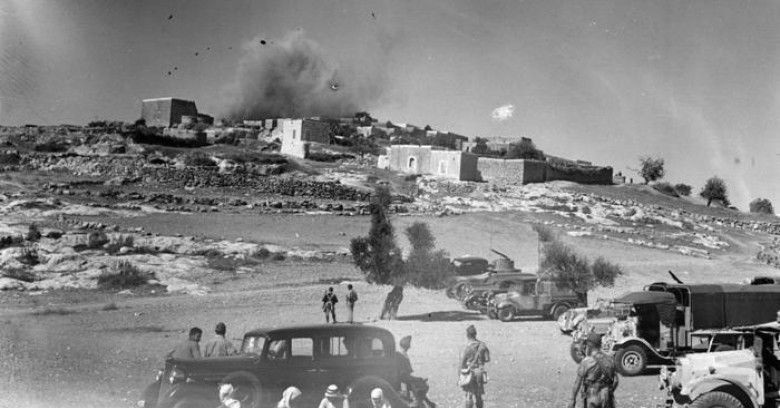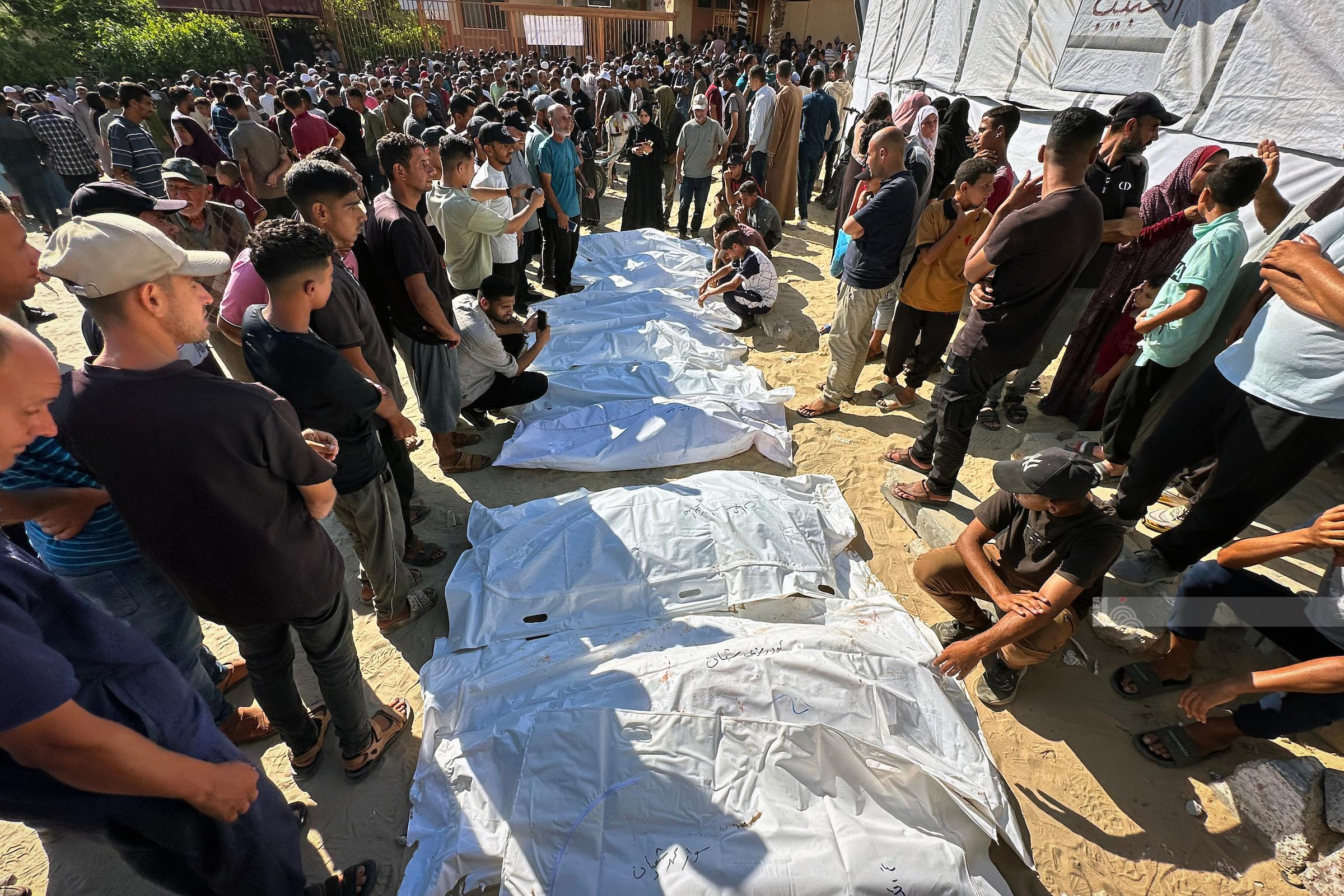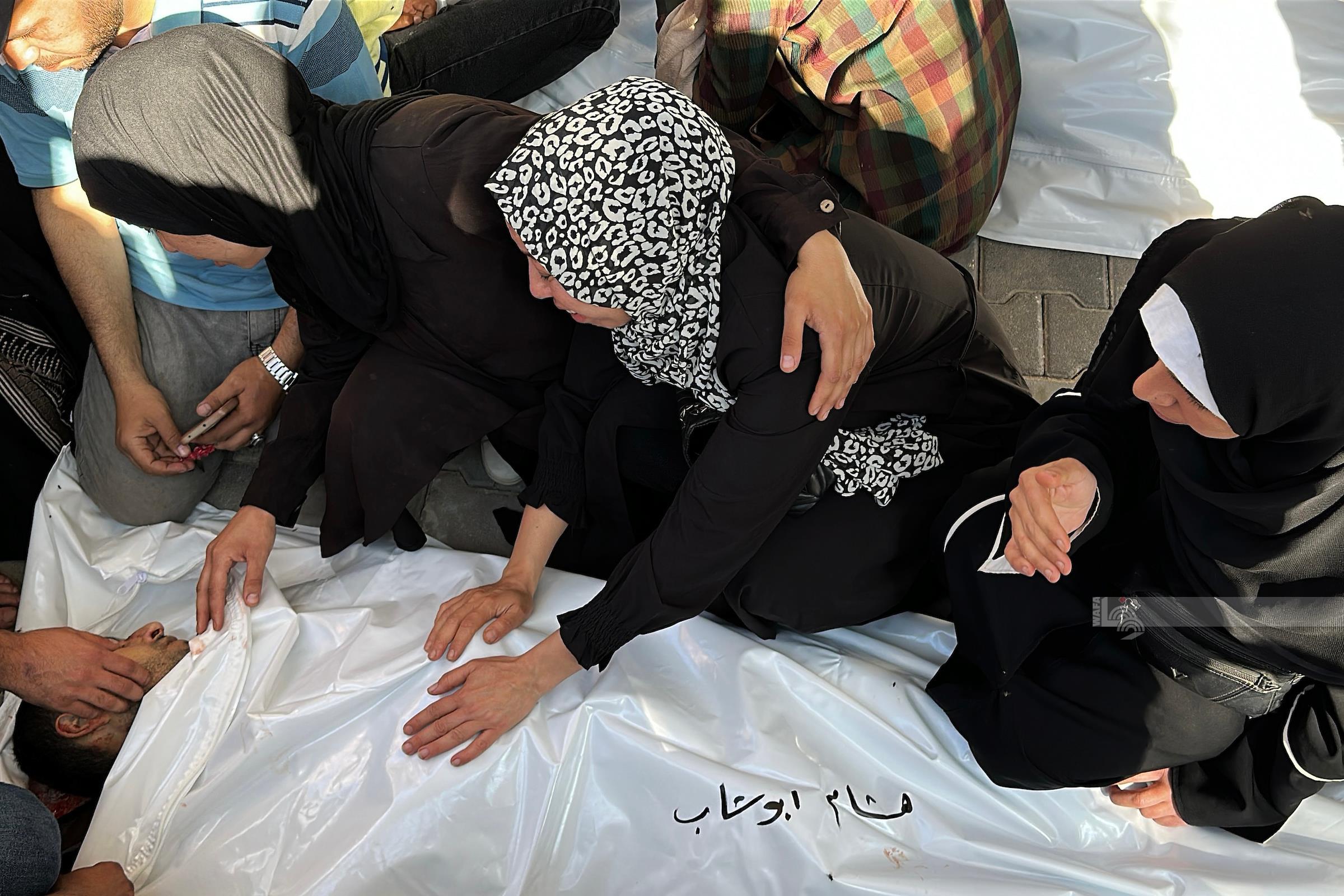RAMALLAH, May 7, 2009 (WAFA)- 'Only approximately 13 percent of the
Part of a series by OCHA examining the impact of Israeli measures, such as the Barrier, settlements and closures, on Palestinians in the West Bank, this report focuses on the Bethlehem governorate, examining both the contraction of its central-urban core and the fragmentation of its eastern and western parts.
'After four decades of Israeli occupation only approximately 13 percent of the
The report makes clear that Israeli measures have led to this reduction in Palestinian access and space; explaining that these measures include the continued expansion of Israeli colonies and colonial outposts, construction of the Israeli Apartheid Wall, and the zoning of the majority of the Bethlehem governorate as Area C, where Israel retains security control and jurisdiction over planning and construction.
'The physical and administrative restrictions allocate most of Bethlehem’s remaining land reserves for Israeli military and settler use, effectively reducing the space available to the Palestinian inhabitants of Bethlehem,' the report states.
'As a result,' OCHA said, '
OCHA enumerated some major factors behind this reality, including the annexation of approximately 10 km2 to
Regarding settlements, Article 49 of the Fourth Geneva Convention prohibits the Occupying Power from transferring its civilian population into the territory it occupies. The illegal status of Israeli colonies has been confirmed by the United Nations Security Council in Resolution 465 (1980) and the International Court of Justice in 2004.
In addition, restrictions on entry into East Jerusalem beginning in the 1990’s, when new Israeli measures further fragmented the Bethlehem governorate and constrained the movement of its Palestinian inhabitants.
The construction of the
About 66% of the
Finally, the construction of the Israeli Apartheid Wall in 2002 has compounded the territorial restrictions in the northern and western parts of
The report concluded that
Steps can be taken to prevent further deterioration. Many of the administrative measures taken by the Israeli authorities are reversible and the Wall's route is not yet finished. Actions including halting construction of the rest of the Wall in the West Bank, opening up closed military areas and nature reserves for sustainable Palestinian development, along with the international call for a freeze on colonization activity and related actions like ‘state land’ declarations, would restore parts of the lost space to the governorate and improve the humanitarian and economic situation in Bethlehem. In the long term, these types of immediate steps would contribute to ensuring compliance with international law and UN resolutions and lay the groundwork for a durable political solution in the










